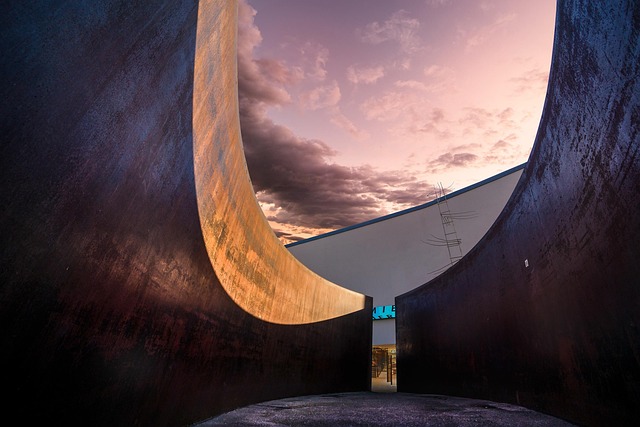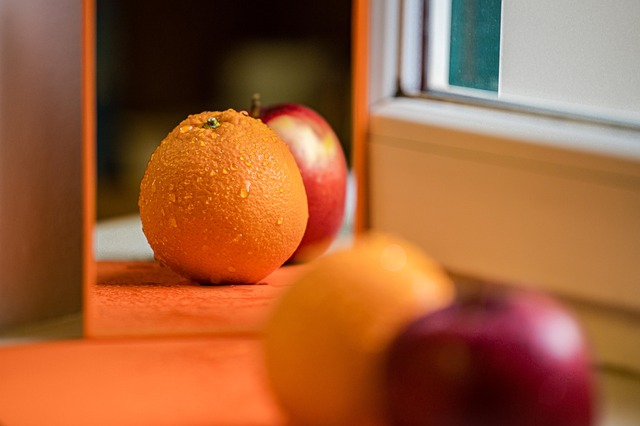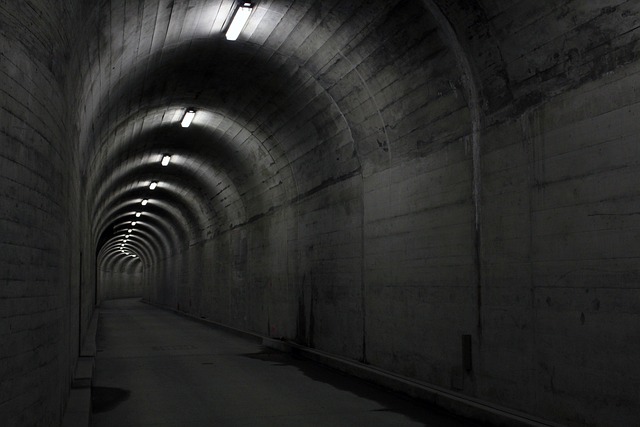The Power of Engagement: Exploring Participatory Art in Installation Experiences
Art has always been a powerful medium for expression and communication, but in recent years, a new wave of creativity has emerged: participatory art. This art form invites viewers to become active participants, transforming the experience from a passive observation into an interactive journey. The installation art scene, in particular, has seen a remarkable shift towards this immersive engagement, creating spaces where the audience is not just a spectator but an essential contributor to the experience.
The Essence of Participatory Art
At its core, participatory art breaks down the barriers between the artist and the audience. It invites individuals to step inside the artwork and engage with it on a personal level. Rather than merely observing, participants are encouraged to touch, move, and create, forging a unique connection that can evoke powerful emotions. This interactivity invites reflections on community, identity, and collaboration, challenging the notion of art as a solitary pursuit.
Creating Connections Through Installation
Installation art, characterized by its immersive environments, amplifies the impact of participatory art. When viewers enter an installation, they are often enveloped by a thoughtfully curated space that tells a story or conveys a message. These installations can transform mundane spaces into extraordinary experiences, where every corner invites exploration and contemplation. The real magic occurs when individuals begin to contribute their own stories, emotions, and backgrounds into the artwork, enriching it with layers of meaning that transcend the artist’s original intent.
Examples of Engaging Installations
Throughout the world, numerous installations have brilliantly exemplified the essence of participatory art. For instance, Yoko Ono’s “Wish Tree” encourages visitors to write their wishes on tags and hang them from a tree, creating a vibrant tapestry of hopes and dreams. Similarly, Olafur Eliasson’s “The weather project” at Tate Modern invited participants to bask in a giant sun made of light, sparking conversations about the relationship with nature and artificial environments.
The Sensation of Community
One of the most profound aspects of participatory art installations is the sense of community they foster. When participants come together to interact with art, a shared experience emerges that brings people from diverse backgrounds into a collective dialogue. This sense of belonging can be profoundly moving, as individuals connect over shared emotions, thoughts, and actions, creating bonds that often extend beyond the art space.
Embodying Individuality and Collaboration
As we navigate through these interactive experiences, the beauty of participatory art lies in its ability to celebrate individuality while simultaneously fostering collaboration. Each participant brings their unique perspective, transforming the artwork into a living entity that evolves with every interaction. This dynamic exchange not only honors the diverse voices within a community but also highlights the power of creativity to unite us in shared experiences.
Participatory art installations compel us to reconsider the role of the viewer, encouraging us to embrace our agency in the artistic process. They remind us that art is not a solitary endeavor but a collective journey, driving home the essence of connection and engagement in a world that often feels divided. As we explore these installations, we are not merely visitors—we are co-creators, shaping art and experience together.




